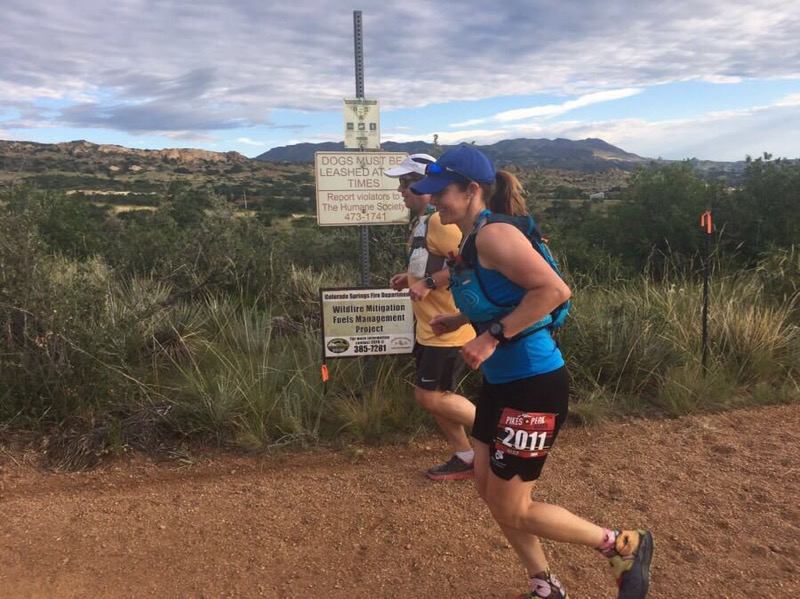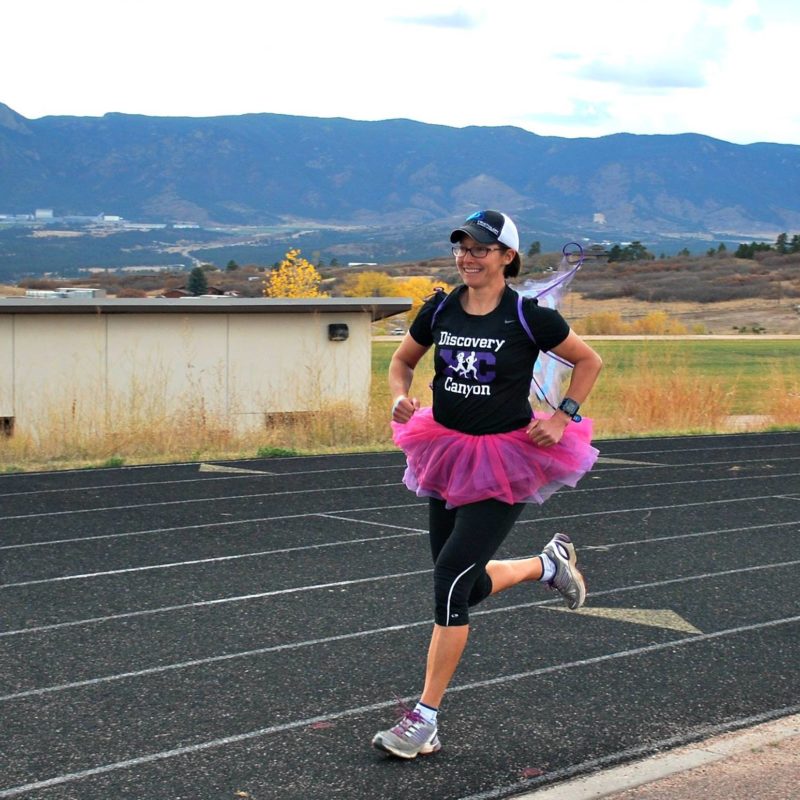The endurance sports world likes to use the words fuel and nutrition a lot to refer to the mandatory task of eating. Makes sense, as we need to fuel our bodies with nutritious foods in order to achieve our best performance. But seeing all this can be a bit overwhelming for the new athlete. This post is geared toward the new athlete who might be getting off the couch and trying to become more fit and lose a few pounds while they are at it.
If you are changing something about your life, like adding training to your daily routine, then you don’t want to change too much too soon. It takes about 3 weeks or so for a new routine to become habit, so if you change too much, there is a good chance to become overwhelmed and revert back to your old ways. My suggestion is to take the first month of your training and just get that comfortably into your schedule. And ease into that as well – if you haven’t gone to the gym in 3 years, then don’t try to go every day! Start 2-3 times per week and see how you do.
Once you’ve settled into your new structured training routine, then we can take a closer look at nutrition.
Again, we’re going to ease into changes. First, keep a log for about 3-4 days (including a weekend day or your “off” day). Write down everything you eat. Everything. Do you grab three M&M’s? write it down. You can also include when you eat and any feelings you are experiencing while you eat.
This log will give you (and your coach if you have one) a good idea of your current eating habits. Without counting calories, there are some easy things to look for in your log. The goal will be to maximize your consumption of fruit, vegeables, lean meats and healty fats. But first look at how many “snack” foods you are consuming. One simple change is to replace a snack with a healthier option (fruit and some nuts, celery and peanut butter, yogurt with fruit). If you’ve been eating a little debbie cake in the afternoon for the last couple years, don’t go cold turkey either. Reduce your consumption (perhaps only every-other day, or only half a serving) until you prefer the healthier option over the little debbie. If you get the daily mocha or latte – do you really need a vente or grande? Would a tall satisfy the craving? Can black coffee suffice? Another thing to think about is if you are really hungry when you are eating. Ask yourself if you are truely hungry or if you are bored.
For your main meals, start adding an extra serving of vegetables…they are low in calories and will help fill you up. You’ll be surprised on how quickly you will feel better once you are eating more natural foods over processed foods.
One last tip – have your healthy meals and snacks prepared ahead of time. If you bring your lunch to work, bring snacks already measured out. The food companies already do this (snack size chips, cookies, etc) so do the same. You can put together a bunch of snacks over the weekend and then just grab them in the morning.
Just by making some simple replacements and no calorie counting, you can eat healthier and you will feel better and stronger.
In summary:
- Make gradual changes to your exercise and eating habits to improve success
- Keep a food journal for a few days to really understand your eating habits
- Slowly replace not so healthy food with healtier choices (lots of fruits and veggies!)
- If I am eating a treat, can I get a smaller portion and satisfy the craving?
- Am I really hungry when I eat?
- Prepare healthy snacks in ready-to-eat portions so they are easy to grab and go.
Hopefully these tips will help a new athlete start thinking about what you are eating.
At a later time I will post more detail on fueling for performance. But for now, if you are interested here are some good sites relating to this topic:
The sports scientists have a blog post series on exercise and weight loss.
Bob Seebohar is a sports dietitian with some good info on his blog. (1/27 update – Bob wrote this for USA Triathlon Multisport Zone Fuel Station: http://www.usatriathlon.org/pages/8230)
Please feel free to comment with your tips on how you incorporate healthy eating into your day.
Happy Training! (and eating!)








